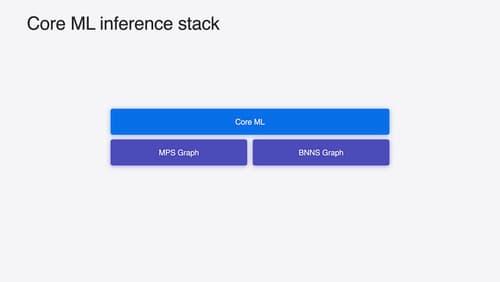What is homorphic encryption?
Asked on 2024-08-01
1 search
Homomorphic encryption is a form of encryption that allows computations to be performed on encrypted data without needing to decrypt it first. This means that a server can process encrypted data and return an encrypted result, which can then be decrypted by the client to reveal the final output. This technique is particularly useful for maintaining privacy and security, as it ensures that sensitive data remains encrypted throughout the entire process.
For example, in the context of Apple's WWDC, homomorphic encryption is used in the implementation of Live Caller ID. This allows a server to evaluate an encrypted incoming phone number for a match without ever decrypting it, thereby preserving the privacy of the phone number. The server computes on the incoming ciphertext, evaluates for a match, and then returns the transformed ciphertext back to the requesting device, where the results are displayed.
For more details, you can refer to the session What’s new in privacy at the 21:49 mark.

What’s new in privacy
At Apple, we believe privacy is a fundamental human right. Learn about new and improved permission flows and other features that manage data in a privacy-preserving way, so that you can focus on creating great app experiences.

Platforms State of the Union
Discover the newest advancements on Apple platforms.

Deploy machine learning and AI models on-device with Core ML
Learn new ways to optimize speed and memory performance when you convert and run machine learning and AI models through Core ML. We’ll cover new options for model representations, performance insights, execution, and model stitching which can be used together to create compelling and private on-device experiences.
